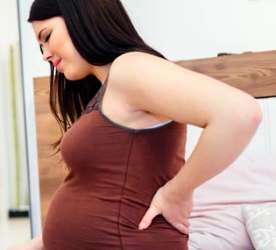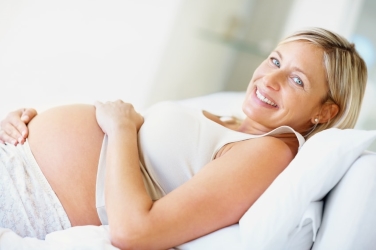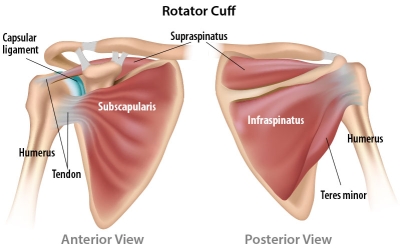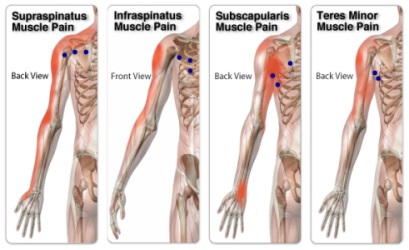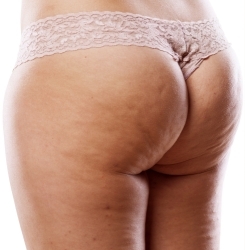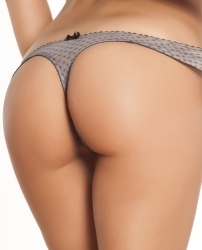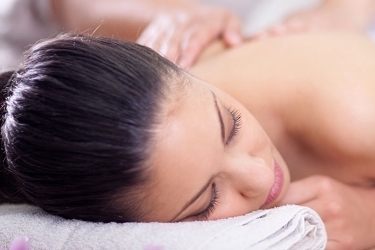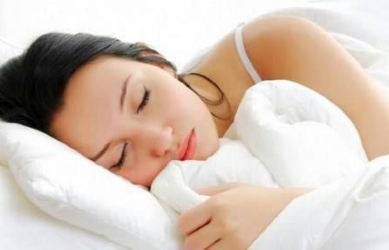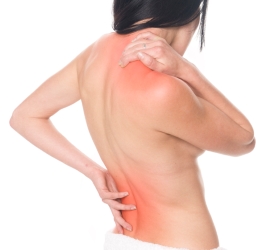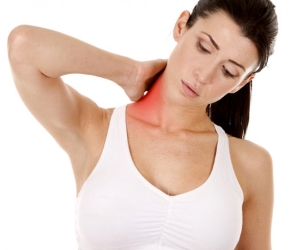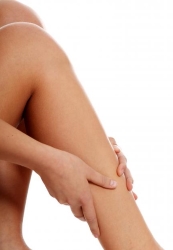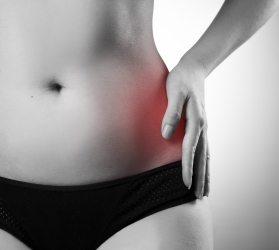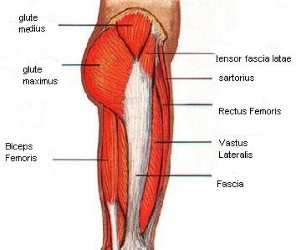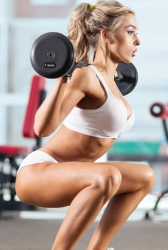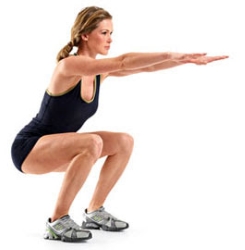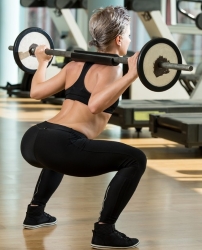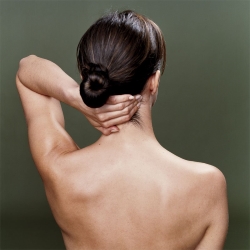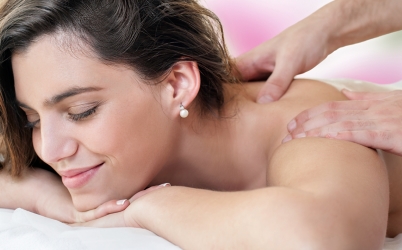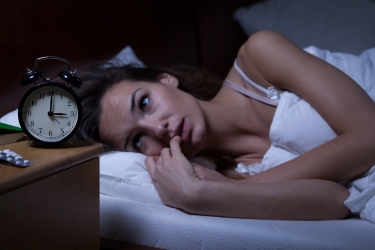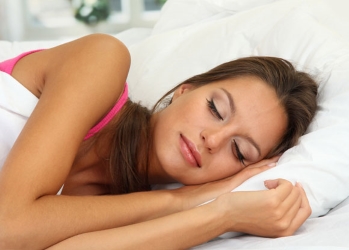If you spend a lot of time sitting at a desk, driving, or looking down at a screen or mobile phone, you’re putting a lot of stress on your neck. Over time this will lead to a change in your posture which will cause problems elsewhere. Getting a massage for neck pain can fix this. Relaxing tight muscles and allowing them to function properly will allow you to sit in a more natural position. One that won’t leave you rubbing your neck for relief every few minutes.
What Causes Neck Pain
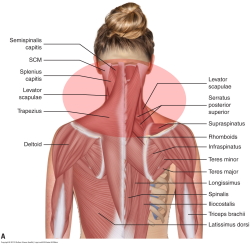
When you feel soreness in the back of your neck, your hand instinctively goes to rub the painful area. While several muscles make up the back of your neck, one in particular is usually the cause of your problems. Your trapezius, which starts at the base of your skull. It then runs down your neck, out to your shoulder blades and extends down to mid-back alongside your spine. When it’s functioning correctly it holds your head and neck upright and your shoulders back. But if you spend a lot of time sitting at a desk, or standing while looking down, this usually isn’t the case. Getting a massage for neck pain can fix this but the treatments are slightly different.
Neck Pain Caused By Sitting
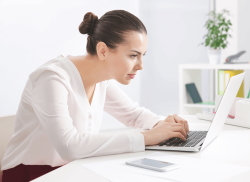
Unless you maintain a good posture, sitting at a desk and staring at a computer screen will cause you to slump forward with rounded shoulders. This is especially the case if you are reaching forward to use a mouse or type on a keyboard. Plus in this position you have no option but to tilt your head up to look at the screen. This is known as forward head posture(1) which can eventually cause a neck hump if not corrected. I’ve seen people in their 20’s already showing signs of this. Besides the obvious neck pain common symptoms include headache or migraines, TMJ disorder / bruxism and upper back pain.
A massage for neck pain of this type would concentrate on relaxing the trapezius. This muscle extends up to the top of the neck / base of the skull area and down to the mid back. Lengthening the muscles in this area will also be necessary to improve flexibility and mobility in the upper back and neck.
Neck Pain Caused By Mobile Phone Use

Neck pain from mobile phone use, such as messaging or being online, comes from looking down too much. This also applies to jobs such as hairdresser, dentist or cashiers. The problem is made even worse because most people don’t tilt their head to look down, they extend their neck. This is known as anterior head syndrome or text neck(2). Common symptoms include a stiff neck, upper back pain, especially between the shoulder blades and difficulty looking upwards.
A massage for neck pain of this type would still involve relaxing the muscles of the trapezius. Flexibility here isn’t the issue though. Instead it is the muscles at the front of the neck / upper chest that will require an improvement in mobility and flexibility.
Summary
If you need a massage for neck pain don’t wait for it to get worse before you do something. Delaying treatment for neck pain could lead to complications like headaches, migraines, upper back issues, bruxism, and even a neck hump. Seeking prompt attention from a massage therapist can help to prevent these issues and alleviate your current discomfort.
Book A Mobile Massage
If you would like to book a mobile massage in York please contact me on 07713 250352 or email david@massageinyork.co.uk. Includes sports massage, deep tissue massage and Swedish massage. For more information on booking click here

